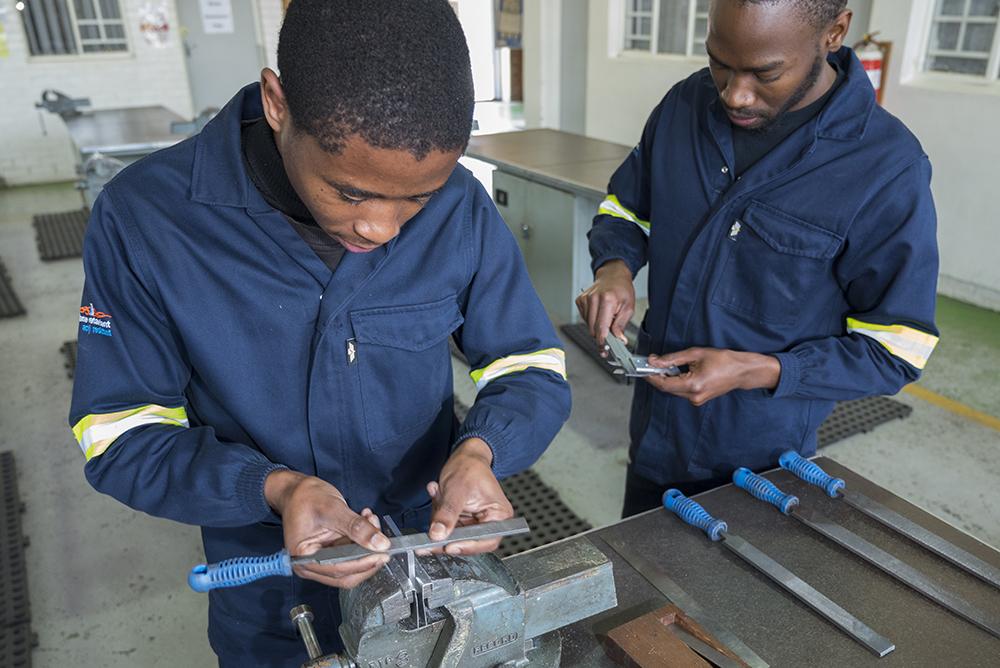
The pandemic period created challenging conditions for MROs in Africa, including at South African Airways Technical, but the disruptions that played out led to a sharper focus on revamping the business.
Wellington Nyuswa, interim chief executive at South African Airways Technical (SAAT), tells Aviation Week that the impact of COVID-19 on its customers—including shareholder South African Airways (SAA)—forced it to rationalize and restructure the business.
“The restructuring was completed in 2021 and SAAT has since been on a journey of recovery,” says Nyuswa.
The restructuring coincided with SAA’s exit from a local form of bankruptcy protection called ‘business rescue,’ and the airline side of the business is reportedly no longer technically insolvent. It is speculated that during SAA’s closure and subsequent reshaping, this impacted the technical side of the business, particularly the withdrawal of the long-haul fleet. However, Nyuswa stresses that SAAT was not in business rescue and continues to be an approved MRO by global authorities and agencies, including the FAA and European Union Aviation Safety Agency.
During the closure of SAA, the South African MRO continued to seek opportunities to maintain MRO operations. “Our operations included work from lessors and third-party, non-SAA clients that were secured through an aggressive marketing plan,” says Nyuswa. He explains that these opportunities included storage work, returning aircraft back into service, heavy checks and workshop services. “The increase in air traffic into and out of Africa by other airlines has also contributed to SAAT’s ability to sustain its operations,” he adds.
MROs globally are seeing a rise in component repairs and disruptions in the supply chain, including in South Africa. Some of the key aspects of SAAT’s post-pandemic approach were to optimize its supply chain processes and focus on building internal capability on high-utilization components or other challenging parts.
“Early work in these areas and collaborating with our clients and other role players in the industry has assisted in reducing the impact of the challenges faced by the industry,” says Nyuswa.
SAA is now rebuilding its flight schedules, with domestic and regional destinations now back in the air. A return to long-haul flying is reportedly imminent. In the meantime, third-party growth is planned for the MRO business and Nyuswa says the key to SAAT’s strategic approach is to grow the business and restore SAAT as a world class MRO facility. SAAT has also renewed its focus on continuing market capabilities in Africa and beyond.
“Another key opportunity is to leverage our relations with operators, OEMs and MROs to collaborate on joint ventures that provide SAAT access to other markets and products,” says Nyuswa. “We are confident that SAAT will continue to grow its business notwithstanding the challenges faced by the market.”





